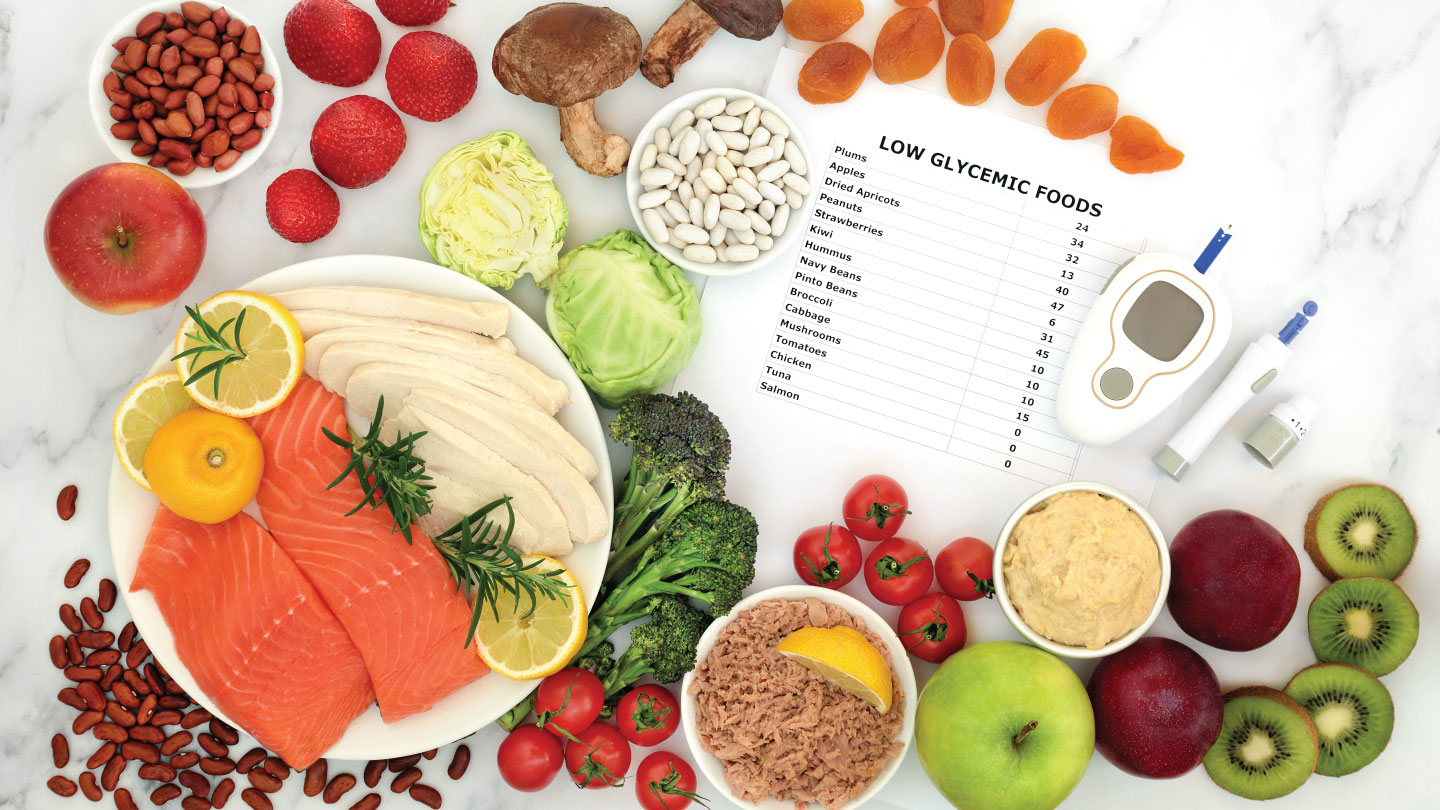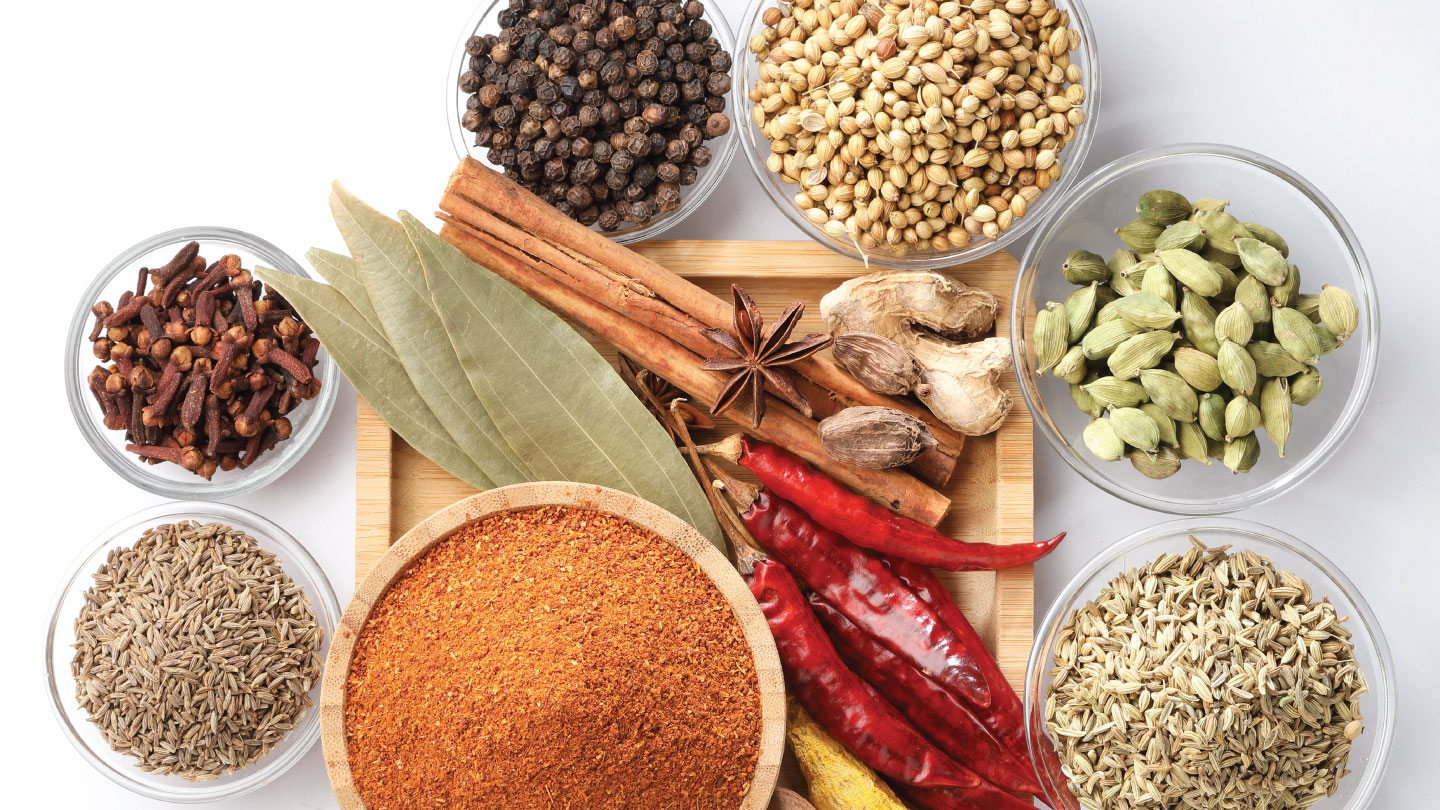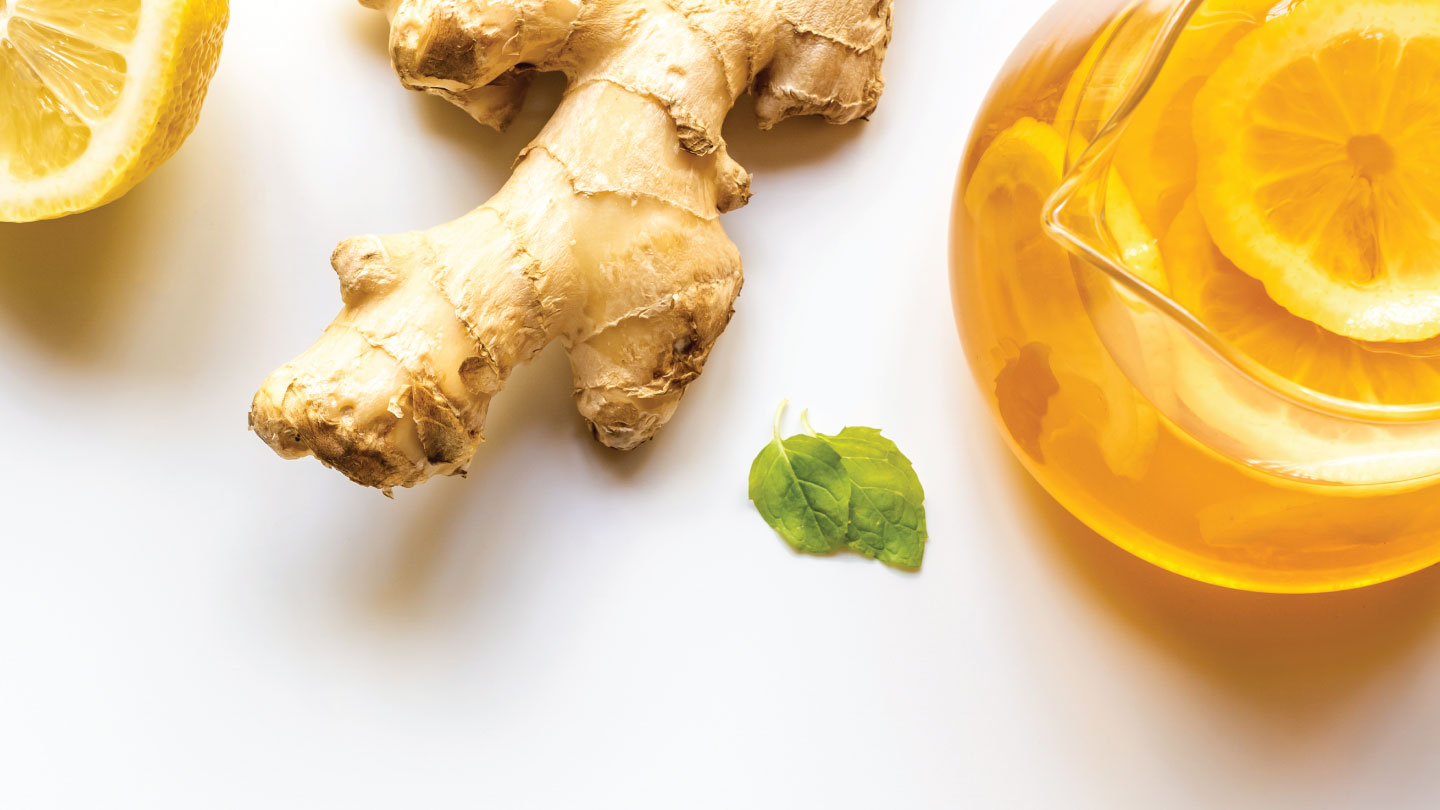Nutrition
7 Smart Eating Tips for Prediabetes
From portion control to low-GI swaps, here are seven powerful eating habits that protect you from progressing to type 2 diabetes.

Prediabetes means your blood sugar levels are higher than normal, but not yet high enough to be diagnosed with type 2 diabetes. According to ICMR, 15.3 per cent (136 million) of people in India are pre-diabetic. High levels signal that your body’s ability to regulate glucose is under strain. The good news? With smarter food choices and consistent habits, you can reverse or at least stabilise this condition. In India, where rice, roti, sweets, and rich sauces dominate many meals, tailoring your diet for prediabetes means adapting traditional dishes more smartly, keeping the flavour alive while keeping blood sugar stable. Here are 7 smart tips, explained simply and realistically.
1. Choose more fibre-rich foods
Foods high in dietary fibre slow down digestion and blunt rapid rises in blood sugar, which is very important when you’re managing prediabetes.
Why it matters: Fibre delays the absorption of carbohydrates, so your post-meal glucose ‘spike’ is reduced. This gives your insulin more time and less of a burden.
Actionable Tips:
- Replace white rice with brown rice or red rice (in moderate quantity) or even ragi/finger millet.
- Instead of wheat rotis, opt for low-glycemic options like ragi and jowar.
- Include lentils (dal), beans (rajma, chole), and plenty of vegetables such as spinach (palak), methi, cauliflower, pumpkin, and okra (bhindi).
- Snack smart: a small bowl of roasted chana or fresh fruit with skin (apple, guava) instead of deep-fried munchies.
Related Story: 10 Easy Swaps for More Fibre in Your Day
2. Focus on low-to-moderate glycemic index (GI) carbohydrates
Not all carbs are equal. Foods with a high glycemic index (GI) release glucose quickly; those with a lower GI release it more gradually, helpful when you have prediabetes.
Why it matters: When you eat high-GI foods, your blood sugar shoots up quickly and then may crash, which puts extra stress on your body’s insulin system.
Actionable Tips:
- Choose items like oats, barley (jau/jorhul), millets (bajra, jowar, ragi).
- When eating rice, go for smaller portions and pair it with vegetables, dal, or curd to slow absorption.
- Limit white bread, white pasta, and refined flour (maida) chapatis.
- When eating sweets, keep portions small and have them after a protein/vegetable meal, not on an empty stomach.
Related Story: Jowar Bajra Tikki
3. Mind your portion sizes and spread carbs evenly
Even good carbs can raise your blood sugar if taken in large amounts at once.
Why it matters: Your total carbohydrate load at a meal and how it is distributed through the day influences your overall glucose response.
Actionable Tips:
- Think ‘half-plate vegetables + quarter plate whole grains + quarter plate protein’ at meals.
- Avoid loading your plate with just rice/roti; instead, aim to fill up on non-starchy vegetables and dal.
- Spread meals: have breakfast, lunch, an evening snack, and dinner rather than two huge meals.
- Use your hand as a guide: the portion of grains equal to your cupped palm, protein equal to your fist, and veggies equal to two fists.
4. Prioritise lean protein and healthy fats
Protein and good fats help moderate blood sugar rises and keep you feeling full longer.
Why it matters: Protein takes longer to digest and doesn’t spike blood sugar the way simple carbs do. Also, it supports muscle health, which matters for insulin sensitivity.
Actionable Tips:
- Include paneer (in moderation, or opt for low-fat, high-protein variants), eggs, fish, chicken (skin removed), or plant-based proteins like tofu, soya nuggets.
- Use pulses and lentils not just as a side dish, but as the main protein source for one meal.
- Use healthy fats such as nuts (almonds, walnuts), seeds (flax, chia), cooking oils like olive oil or mustard oil rather than ghee or clarified butter in excess.
- Limit visible fat in meat, and avoid it in deep-fried forms.
Related Story: 9 Tips to Reverse Prediabetes Naturally
5. Fill up on non-starchy vegetables and reduce refined sweets and snacks
Non-starchy vegetables are fibre-rich, low in calories, and slow the glycemic load of a meal. Meanwhile, refined sweets and snack foods can send your glucose soaring.
Why it matters: These vegetables help dilute the carb load and provide vitamins, minerals, and fibre. Sweets, fried snacks, and refined carbs are fast-acting fuel for blood sugar spikes.
Actionable Tips:
- At every meal, include a salad, steamed or sautéed vegetables like cucumber, bell peppers, zucchini, cabbage, and carrot.
- Replace an evening packaged snack with roasted makhana, sprouts chaat, or grilled veggie sticks.
- Sweets such as gulab jamun, jalebi, and laddoo: try limiting to special occasions only and opt for smaller portions. If you have one, pair it with plain curd or a handful of nuts to slow absorption.
- Avoid sugary beverages like aerated drinks, sweetened tea/coffee; prefer unsweetened chai, infused water, or lemon water.
Related Story: Sip Away Inflammation With These Drinks
6. Stay hydrated and choose your drinks wisely
What you drink matters just as much as what you eat when managing prediabetes.
Why it matters: Sugary drinks and fruit juices often carry hidden rapid-release carbs. Water (or unsweetened beverages) helps control calorie and carb intake and supports metabolic health.
Actionable Tips:
- Make plain water your default; carry a bottle with you.
- If you want flavour, infuse water with cucumber, mint, lemon, or have unsweetened herbal teas.
- Avoid packaged fruit juices, sugar-laden shakes, and aerated sodas.
- Limit or avoid alcoholic beverages, as alcohol can interfere with glucose regulation and often comes with sugary mixers.
7. Make it sustainable with mindful eating and lifestyle integration
Changing your eating habits is not a short-term diet; it’s a lifestyle. The more sustainable your changes, the longer you’ll maintain control over your blood sugar.
Why it matters: Good intentions fade if the changes don’t fit your routine, culture, or tastes. Mindful eating, consistency, and gradual adjustments yield the best long-term success.
Actionable Tips:
- Sit down for meals, avoid screens while eating, chew slowly, and savour each bite. This helps you recognise fullness and prevents overeating.
- Continue to enjoy cultural dishes, just modify the recipe: reduce sugar, use less oil, add veggies, and control portion size.
- Combine diet with regular physical activity (brisk walk, stair climbing, cycling, yoga) to improve insulin sensitivity.
- Monitor progress: keep a food journal or note how you feel post-meal; get periodic tests of fasting blood sugar and HbA1c.
If you’ve been flagged for prediabetes, don’t panic, but act. This is a crucial window of opportunity to steer your health in the right direction. For personalised guidance tailored to your weight, lifestyle, region, and preferences, consult with our dietician. They can help you design a prediabetes-friendly Indian meal plan, monitor your progress, and adjust as needed for best results. Early intervention works, and consistent, realistic changes will help you keep your blood sugar in check for life.
EXPLORE MORE
Rustic, bright, and full of fire-roasted flavour, this simple Bihari-style chokha turns everyday tomatoes into a smoky, tangy, comforting side that lifts everything, from litti to dal-chawal.
Your spice rack is a mini pharmacy. From taming inflammation to steadying blood sugar, these common masalas do much more than just enhancing flavour.
Soothe winter inflammation, boost gut health, and support immunity with these 3 easy-to-make drinks
These little-known but powerful missteps could be quietly derailing your fat-loss journey. Fix them, and your next breakthrough may be closer than you think.








.jpg)



